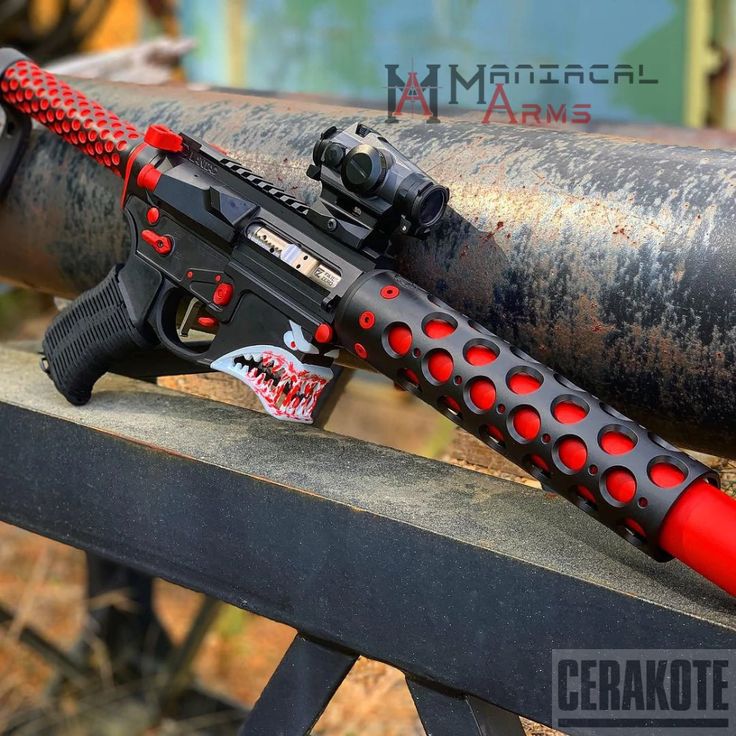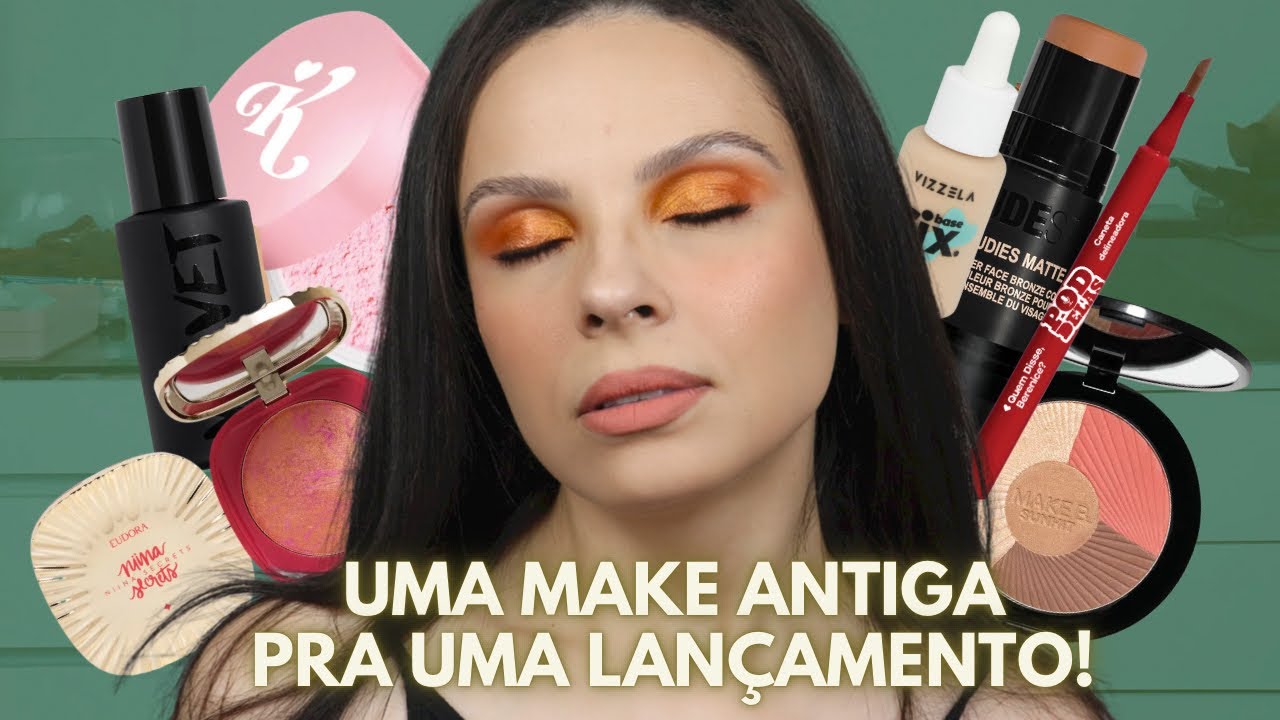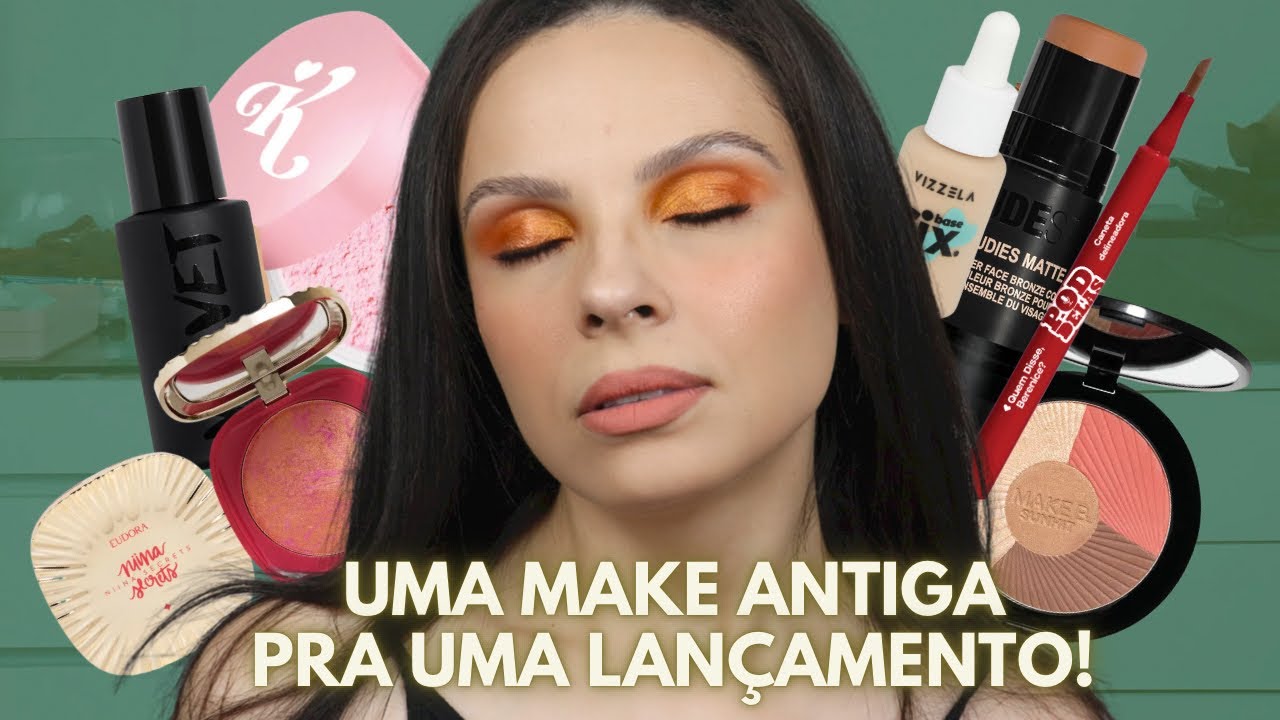Croquis in Fashion: Definition, Uses, and How to Create One
Overview: What a Croquis Is and Why It Matters
A
croquis
is a quick fashion figure sketch-typically an elongated outline used as a reusable template for drawing garments, exploring silhouettes, and communicating design ideas efficiently
[1]
. In fashion design, croquis figures are often drawn about
nine heads tall
to emphasize drape, proportion, and movement in clothing illustrations
[3]
. Designers rely on croquis to save time, maintain consistency across looks, and present professional layouts before moving to draping or patternmaking
[1]
.
Key Characteristics and Proportions
While the natural human figure is often taught as around eight heads tall in classical drawing, the fashion croquis commonly stretches to nine heads or more to create a stylized, elegant figure suitable for garment visualization [5] . This elongation helps accentuate garment lines, sleeve lengths, hems, and overall silhouette in a clean, readable way for stakeholders such as patternmakers and merchandisers [3] . Many croquis minimize facial features, hands, and feet details to keep focus on the clothing and the proportions that matter for construction and fit notes [2] . Female croquis are frequently drawn high-waisted with narrow hips and squared shoulders, often appearing as if in high heels; male croquis tend to be elongated proportionally with a centered pelvis and simplified musculature to foreground the garment’s shape [5] .

Source: concepto.de
How Designers Use Croquis in Practice
In a typical workflow, designers reuse the same croquis across a collection to ensure consistent proportions-making it easier to compare fit, length, and style variations at a glance [5] . Croquis sheets may include garment annotations such as sleeve length, seam and dart placement, hem measurements, and silhouette shape, which support patternmakers when they build first prototypes [2] . Early-stage croquis also serve as inspirational canvases-stylized poses and exaggerated proportions can help designers translate a muse or concept into an initial visual story before technical refinement begins in draping or pattern work [4] .

Source: ipparaguay.com.py
Step-by-Step: Creating Your First Fashion Croquis
1) Define the head unit and vertical proportions. Start with a simple oval for the head and divide a vertical centerline into nine equal units. Place major landmarks: shoulders around the second head mark, waist near the third, hips around the fourth, knees around the sixth to seventh, and feet at the ninth. This nine-head framework creates a recognizable fashion silhouette that reads well for garments [5] . 2) Sketch a clean, elongated gesture. Use a light gesture line to capture posture, then map shoulder width, ribcage, pelvis tilt, and leg lines. Keep curves simplified to avoid over-detailing, as the croquis should remain a versatile base for many looks [3] . 3) Simplify features to emphasize clothing. Minimize facial detail, hands, and feet to direct attention to garments. Keep the line quality confident but sparse, so adding garments later remains clear and readable [2] . 4) Choose a pose that supports your silhouette. Contrapposto (one hip raised, one shoulder lowered) adds dynamism and suggests movement in skirts, coats, and draped pieces. For menswear, balanced stances can better convey structure and tailored lines [5] . 5) Ink or finalize your template. Once proportions work, refine lines in ink or a clean digital layer. You can print or duplicate this croquis for multiple designs, ensuring consistent comparative visuals across your range [1] .
From Inspiration to Technical Communication
At the concept stage, croquis can be dramatic-longer legs, pronounced gestures, or stylized hands-since the goal is to capture the
idea
of the garment, its movement, and attitude
[4]
. As designs mature, the same croquis can be overlaid with clear construction notes: dart positions, seam placements, closures, and finish details. This bridge between expressive illustration and technical clarity helps patternmakers interpret intended fit, length, and shaping
[2]
. Many designers maintain a library of poses-front, three-quarter, and back-using identical head and body proportions so that differences in garments, not figure distortion, drive the viewer’s comparison
[5]
.
Real-World Workflow Examples
Collection development: A womenswear designer builds a set of three croquis: standing front, three-quarter turn, and back view. Each look is sketched on the same base to compare hem sweeps, sleeve fullness, and waist placements. Notes on sleeve head ease, pocket placement, and vent lengths travel with the sketch to the pattern room, speeding the first muslin build [2] . Mood-to-pattern translation: A designer begins with a highly stylized pose reflecting the season’s theme-say, long, fluid lines for a resort collection. After the concept is approved, the croquis receives clearer measurements and seam annotations to align with production discussions and sample cutting [4] . Efficiency and consistency: Teams reuse standardized croquis across seasons to maintain a recognizable proportion baseline, enabling quick reviews and avoiding redrawing figures for each new design [1] .
Common Challenges and How to Solve Them
Over-detailing the figure: If hands, faces, or hair dominate, garments can read as secondary. Keep facial features minimal and let garment lines lead the eye, adding detail only where it supports construction clarity [2] . Inconsistent proportions across poses: When each pose uses different body measurements, comparing garments becomes difficult. Reuse a standard nine-head template and ensure landmarks align across front, side, and back views [5] . Unclear technical intent: If patternmakers misread style lines, add concise annotations for fit, seam placement, and length. Consider separate technical flat sketches later, but keep key notes on the croquis to preserve context [2] . Too literal early on: Early concept croquis can remain expressive. Save strict realism for fit samples and tech packs; use stylization to explore silhouette and attitude first [4] .
Alternatives and Complements to Croquis
Technical flats: Orthographic garment drawings (front/back) without a body help production teams with precise construction; pair them with croquis for intent and styling context [2] . Draping on form: When moving from sketch to fabric, drape on a dress form to validate proportions and adjust style lines; use croquis to pre-visualize design decisions and record changes for team alignment [1] . Live croquis practice: Quick timed figure studies can sharpen your line economy and pose selection, improving the energy and clarity of your fashion figures over time [3] .
Actionable Next Steps
You can begin by creating a nine-head croquis in a neutral stance and then duplicate it digitally for a pose library. Build a three-view set (front, three-quarter, back) and practice overlaying garments from your current concept board. Include brief annotations for sleeve type, hem length, seam/dart placement, and closure ideas. As you iterate, consider a stylized version of the figure for presentation boards and a simplified version for internal technical communication. Maintaining a consistent croquis set can streamline design reviews, speed sample room conversations, and help you scale from one-off looks to cohesive collections [5] [2] .
References
[1] Orane FDM (2025). Croquis in Fashion Design: Definition & How to Use It. [2] Vocal Media (2022). What Is the Purpose of Fashion Croquis Drawings. [3] Wikipedia (n.d.). Croquis. [4] Por Moi (2022). The Fashion Croquis: Muse and Model, source of inspiration! [5] Integrative Fashion (PDF). The Fashion Figure aka the Croquis.


